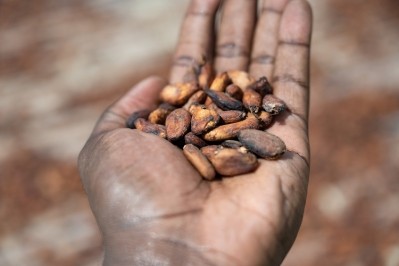Nestlé enzyme tech cuts sugars intrinsically present in malt, milk and fruit juice

Nestlé is heralding the technology a ‘breakthrough’. Leveraging enzymatic processes, the Swiss food giant is reducing intrinsic sugar in key ingredients with ‘minimal’ impact on taste and texture.
“Sugar reduction across our portfolio remains a top priority. This new technology is a true breakthrough, as we can reduce without adding sweeteners while preserving a great taste, all at a minimal cost increase,” said Nestlé chief technology officer Stefan Palzar.
Targeting ingredients, rather than overall product formulations, the sugar reduction tech can be applied across different product categories. No sweeteners or bulking agents need to be added to replace sugar volume.
“We are able to reduce sugars that are intrinsically present in key raw materials, such as malt, milk and fruit juices,” explained a Nestlé spokesperson. To take one example, the company can use the technology to reduce lactose sugar in milk.
The technology also produces benefits beyond sugar reduction. In milk, the majority of naturally occurring lactose is converted into dietary fibres.
A small amount of lactose, as well as small amounts of simple sugars (glucose and galactose), are left behind. This means the technology can be used to produce low lactose and skimmed milk-based products, while reducing total sugars
First clinical studies have shown that the dietary fibres (converted from lactose) can support the growth of multiple types of beneficial bacteria leading to a favourable microbiome composition in healthy adults.
For malt beverages, the intrinsic sugar would be maltose, and for fruit juices, sucrose, the spokesperson explained. “In fruit juices, we can generate fructooligosaccharides (FOS), also known for their prebiotic properties.”
The enzymatic process can reduce intrinsic sugar in these ingredients by up to 30%.
Nestlé’s patented sugar reduction tech was first piloted in cocoa and malt-based ready-to-drink beverages, and the company has plans to expand its use across other formats.
“Since the technology works so effectively in malt-based products, we chose to pilot it in cocoa and malt-based RTD beverages – a major category for Nestlé – in Southeast Asia, and then several countries in Asia, Africa and Latin America,” the spokesperson told this publication.
“The rollout will continue, and we’re exploring other product categories such as dairy powders.”































